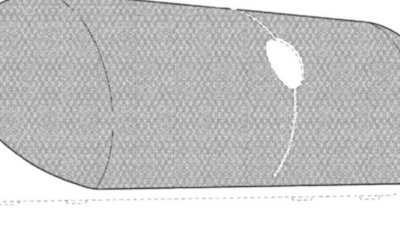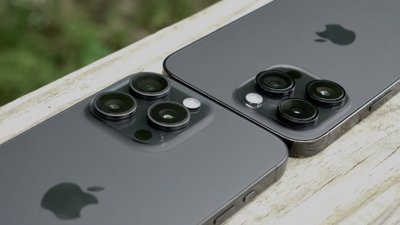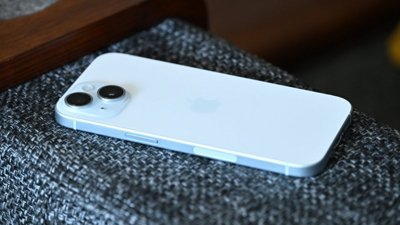Apple granted two patents for interchangeable iPhone camera lenses
Apple on Tuesday was issued two patents covering different methods of attaching lenses and camera modules to a portable electronic device, including a magnetic solution that incorporates a motor for physical optics adjustments.
The U.S. Patent and Trademark Office granted Apple U.S. Patent No. 8,638,369 for a "Back panel for a portable electronic device with different camera lens options" and No. 8,639,106 for a "Magnetic add-on lenses with alignment ridge."
AppleInsider previously covered the '369 patent when it was first published as an application in 2012. The property as issued describes a portable electronic device, like an iPhone, that features an imaging subsystem and removable panel with optical components.
In practice, the subsystem would form the basis of a camera system, meaning the imaging sensor and a lens. The removable case portion includes components that can substantially change the optical characteristics of the subsystem. A simple example would be a wide-angle lens attachment, while more sophisticated embodiments cover electrical modules for image stabilization and zoom.
Some embodiments call for the panel to connect to the device's power supply to run various sensors and components for optical image stabilization, optical zoom and mechanical shutter functions.
The granted patent was filed for in 2010 and credits Richard Tsai as its inventor.
Apple's second camera-related patent is a new publication and covers a magnetically-attachable camera module that fits on to an iPhone or portable electronic housing in order to extend the device's on-board imaging capabilities.
According to the document, an alignment feature incorporated into the device housing allows for a separate camera add-on module to be attached in line with the on-board system's optical axis. Two separate techniques of attaching the module are described. In the first, the alignment feature is fixed within the aperture in the housing, much like a modern DSLR. The second embodiment has the alignment mechanism fitted to the camera module in alignment with the camera optics.
In addition to the physical engagement surface, the module and attachment carry magnets to ensure positive locking. In the illustration above, which shows a horizontally-configured telephoto lens, magnetic attachment points would be preferable to other techniques given the long structure.
The separate lens assembly may include one or more moveable elements that are moved by a voice coil motor. The VCM's wire coil is wound around the lens element, while permanent magnets surround the assembly. When electrical current is passed through the coil, a controlled magnetic field is created and can therefore move the lens assembly in relation to the static magnet poles.
Configured correctly, the VCM can be used in a number of applications, including optical image stabilization, autofocus and zoom, among others. In addition, the documents points out the detachable lens assembly can support various iterations, such as a module that implements a light pipe to direct light from the iPhone's flash to a ring light structure.
As seen above, even three-lens configurations like those seen by aftermarket case makers can be attached to the iPhone.
Apple's magnetic add-on lens patent was first filed for in 2012 and credits Jeffrey Nathan Gleason and Misha Scepanovic as its inventors.
 Mikey Campbell
Mikey Campbell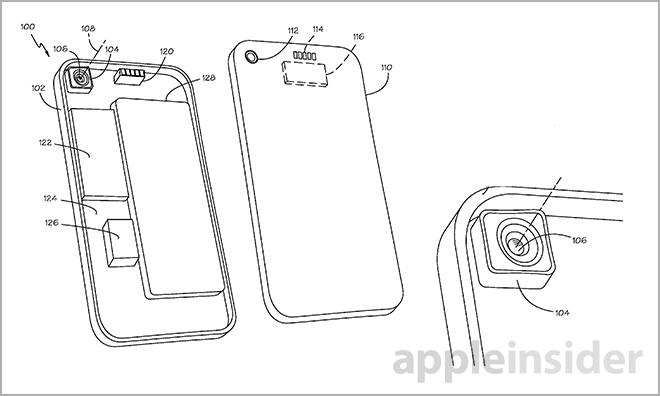
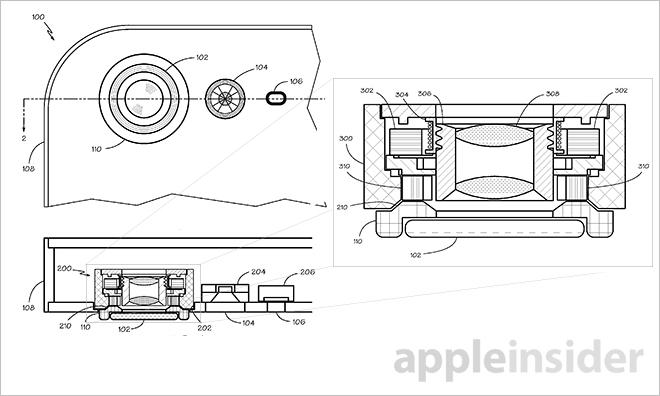
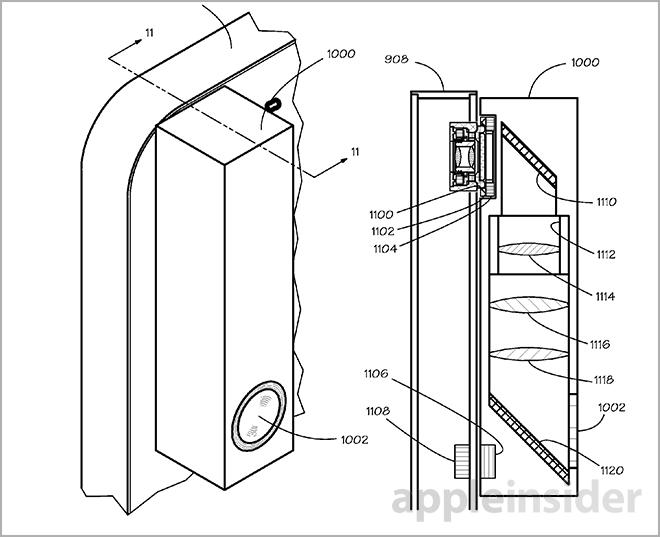
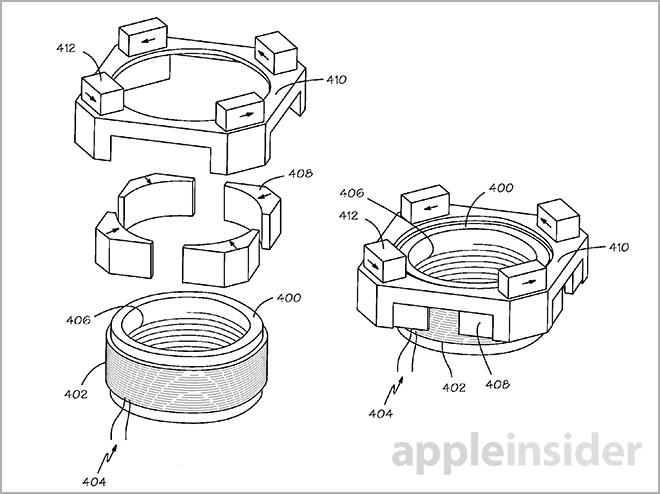
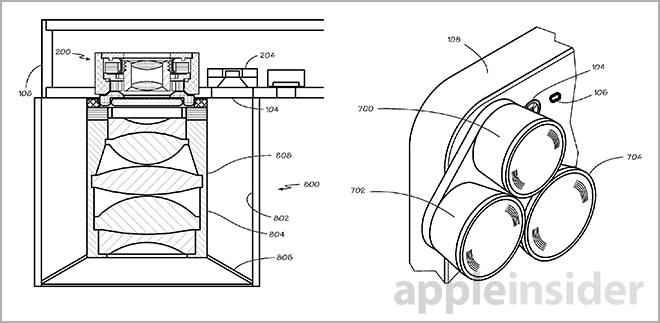


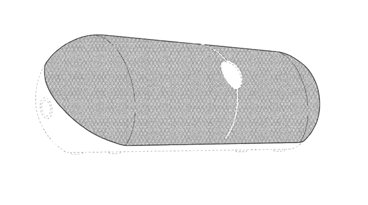








 William Gallagher
William Gallagher

 Malcolm Owen
Malcolm Owen
 Mike Wuerthele
Mike Wuerthele